The double bass, often referred to simply as the bass or upright bass, is the largest and lowest-pitched member of the string instrument family. With its deep, resonant tones and commanding presence, the double bass plays a crucial role in providing the rhythmic and harmonic foundation in a wide range of musical genres.
Dating back to the 16th century, the double bass evolved from earlier stringed instruments like the viola da gamba and the violone. Its distinctive design features a tall, hollow wooden body, a long fingerboard, and four thick strings tuned in perfect fourths (E-A-D-G). Played upright with the assistance of a shoulder rest and a sturdy endpin, the double bass produces its sound through the vibration of the strings, which are typically plucked with the fingers (pizzicato) or bowed with a horsehair bow.
One of the defining characteristics of the double bass is its powerful, resonant sound. With its vast range spanning over four octaves, the double bass is capable of producing a wide variety of tones, from the deep, rumbling depths of its low register to the singing, lyrical qualities of its upper range. This versatility allows bassists to adapt their playing style to suit the demands of different musical genres, from the driving rhythms of jazz and blues to the lush harmonies of classical and orchestral music.
In jazz, the double bass serves as the backbone of the rhythm section, providing a solid foundation for improvisation and interaction among band members. Legendary jazz bassists like Charles Mingus, Ron Carter, and Jaco Pastorius have pushed the boundaries of the instrument, exploring new techniques and approaches to rhythm, harmony, and expression.
In classical music, the double bass plays a vital role in orchestral and chamber ensembles, providing essential support to the lower registers of the orchestra and adding depth and richness to the overall sound. Bassists perform a wide range of repertoire, from symphonies and concertos to operas and ballets, showcasing the instrument’s versatility and adaptability in a variety of musical settings.
Beyond jazz and classical music, the double bass is also featured prominently in folk, bluegrass, and world music traditions, where its deep, resonant tones add a sense of warmth and authenticity to traditional melodies and rhythms. Whether plucking out a catchy bassline in a bluegrass jam session or bowing haunting melodies in a Klezmer ensemble, the double bass brings a sense of depth and gravitas to any musical performance.
Despite its imposing size and weight, the double bass remains a beloved and indispensable instrument in the world of music, admired for its rich, expressive sound and its ability to anchor and elevate the music in which it is featured. Whether performing on stage, in the studio, or in the comfort of one’s own home, the double bass continues to captivate audiences and inspire musicians with its timeless beauty and enduring presence.
